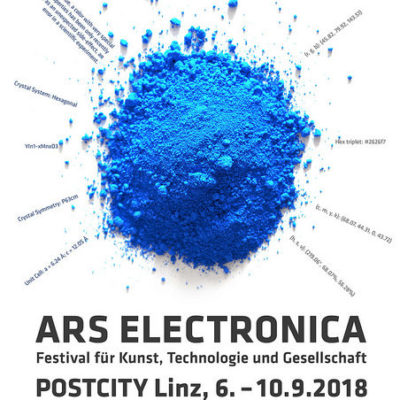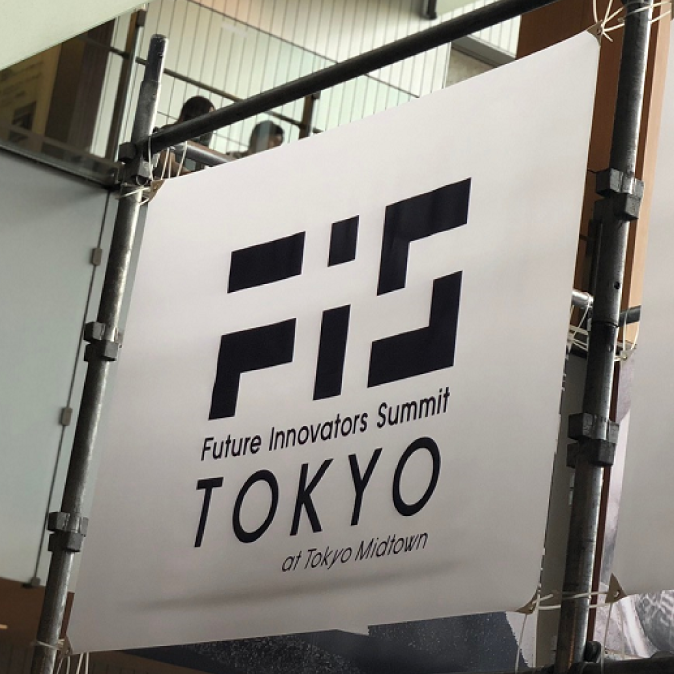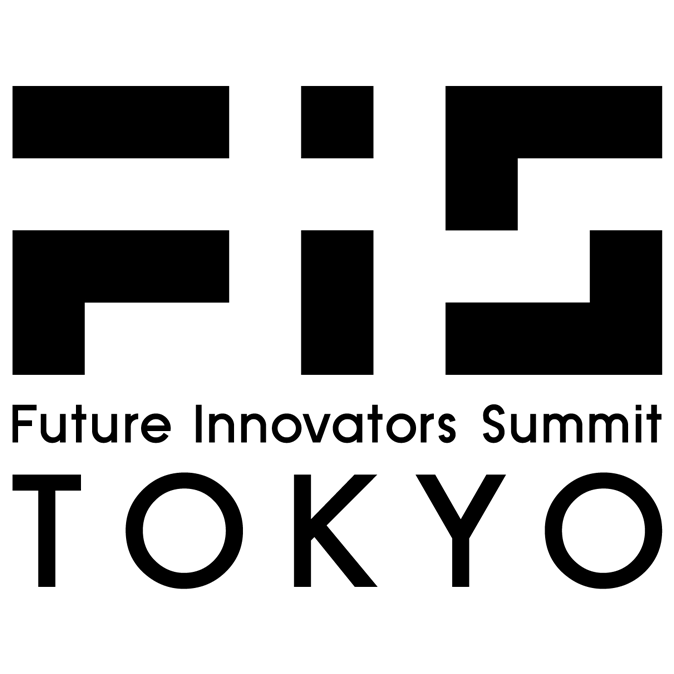- Viewpoints
- Services
Leveraging Hakuhodo and Ars Electronica’s Art Thinking Program in business to create corporate activities for an unpredictable future
Hakuhodo, which has been collaborating with the international cultural, educational and scientific institute Ars Electronica since 2014, commenced offering a variety of services last year through Ars Electronica Tokyo Initiative (AETI). Here, Hakuhodo Brand & Innovation Design’s Rena Tanaka discusses one of AETI’s range of services, Art Thinking Program, which has seen rapidly growing need recently.
Hakuhodo Brand & Innovation Design has been working with the Linz, Austria based international creative organization Ars Electronica to introduce Art Thinking into Japanese society.
One of the cornerstones of this effort, Art Thinking Program is a program for incorporating art into business management and R&D and conceptualizing a company’s vision and activities from future perspectives together with artists. The innovation generation support service has already been provided to over 10 companies so far, being adopted to develop mid- to long-term visions, draw up technology strategy plans, and train the next generation of creative talent.
The below is the conceptual framework of the program.
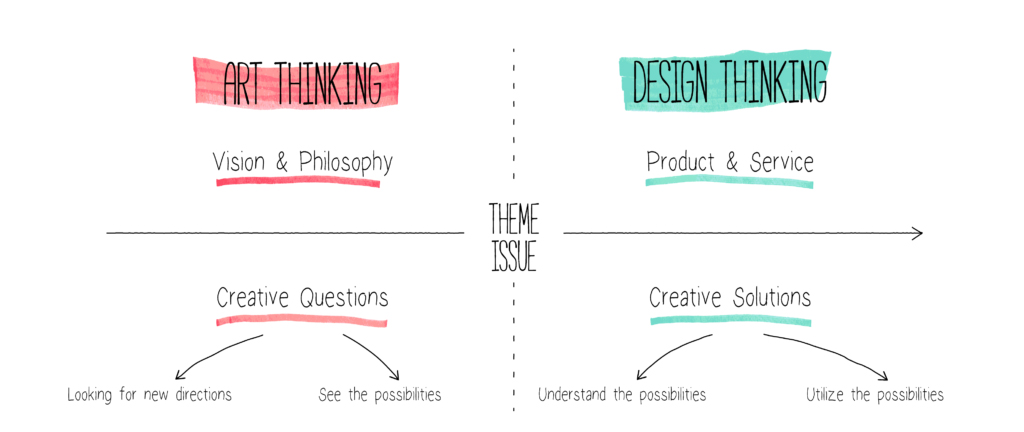 Credit: Ars Electronica
Credit: Ars ElectronicaDesign Thinking on the right (in green) is a method for coming up with creative solutions by having non-designers adopt designers’ thinking. It is a relatively short-term problem solving method for discovering opportunities through observation of sei-katsu-sha behavior so as to come up with products and services that meet sei-katsu-sha needs.
Conversely, Art Thinking (in red) is a way of thinking that uncovers opportunities from exploration of other disciplines by having non-artists adopt artists’ thinking. It is a process for discovering real issues free from preconceived notions and habits through the issue awareness and future society visions evident in cutting-edge technologies and art from around the world. These speak to things that suggest future potential, and are a conduit for mid- to long-term vision development and technology strategy planning.
Hakuhodo believes that Art Thinking and Design Thinking complement each other in the process of discovering true issues and working toward resolving them, and we provide them as a set.
There are several steps to the Art Thinking Program, but we will look at just three of them here.
1. Artistic Research: Inspiration from art as a leading indicator of the future
2. Questioning/Visioning: Questions important to the company and vision as a company
3. Prototyping: Conversing with society through forming and communicating

1. Artistic Research: Inspiration from art as a leading indicator of the future
Art: Discovering the company’s own potential and opportunities from other disciplines

We interlink Ars Electronica’s world’s-best curation strength and skill as artists with Hakuhodo’s sei-katsu-sha insight to conduct sessions (discussions, workshops) where the issue itself is seen in a new light from future perspectives, without resorting to preconceived notions from today.
First, Hakuhodo selects several perspectives for discovering potential issues in such matters as future social trends uncovered by future visioning and the company’s target business domains. We provide a vision of the future tailored to the company in question by having Ars Electronica members curate and introduce works and projects that will provide inspiration to stimulate these perspectives. Artists also participate in these sessions.
Unlike fine art for viewing pleasure and art as culture (the liberal arts), art here refers to works and projects that hold the potential to revolutionize future society, including those that pose questions using cutting-edge technology or technology under development, and those that depict the disadvantages of the development of technology.
Additionally, the program undertaken here does not involve critiquing the ideas in the artworks and projects themselves, or using them as models for creating something else. The artists verbalize their own ideas and pose their own questions and are there to further refine these into something that can be experienced. Participants come to understand artists’ and researchers’ perspectives on the future through activities and works in which they explore and pose questions. We provide participants with the opportunity to think about these perspectives by transposing them onto their own activities.
 Art Thinking tours to explore the questions being posed by artists and researchers today are held at Ars Electronica, and events where Hakuhodo introduces key words representing future society from the exhibited works are held after the conclusion of the Festival.
Art Thinking tours to explore the questions being posed by artists and researchers today are held at Ars Electronica, and events where Hakuhodo introduces key words representing future society from the exhibited works are held after the conclusion of the Festival. 
2. Questioning/Visioning: Questions important to the company and vision as a company
Changing the subject from the company to oneself

After coming to know potential in a broad range of other disciplines beyond the scope of industry research conducted to date, as outlined above, a workshop is held to undertake a process for uncovering essential values and new aspects inherent to the company itself.
Recently, more companies extol the value of asking questions for the future, and questions to help companies envision the future themselves are asked here one after another. The questions referred to here are essential perspectives for rethinking goals set originally. We call them “creative questions.”
The creative questions differ depending on the business domains companies have set for themselves, but the act of asking them provides an opportunity to take stock of the resources the company possesses from new perspectives. Quality questions lead directly to setting challenges unique to that company, and asking the questions also builds the ability to envisage the future and, ultimately, to discover real issues.
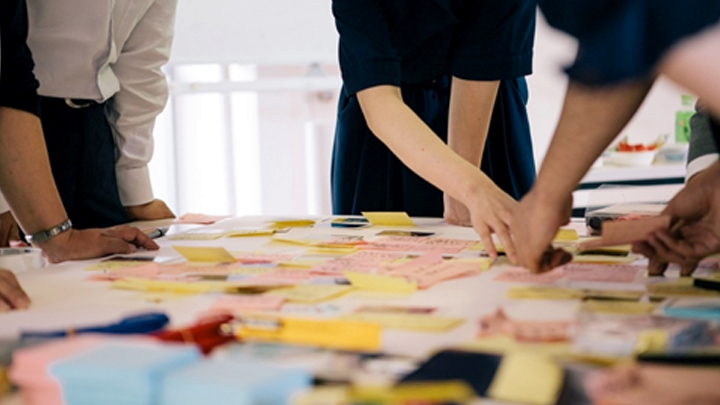 At a workshop
At a workshop
We pay particular attention to the questions that the company sees as important and what perspectives they feel are valuable. We then conduct what we call a “facilitation creative,” where we consider what future vision to put forth from the selected questions, extracting what participants feel and want as individuals, not as company people. Next, we take those essential thoughts of the individuals and rebundle (update) them in line with the company’s history and context to date. Here, Hakuhodo consultants, copywriters and other creators with extensive experience in facilitation become part of the team and create the future. Different again from regular advertising work, where we present piercing copy and graphics, the creativity to uncover the intentions hidden within a company is a new method for us.
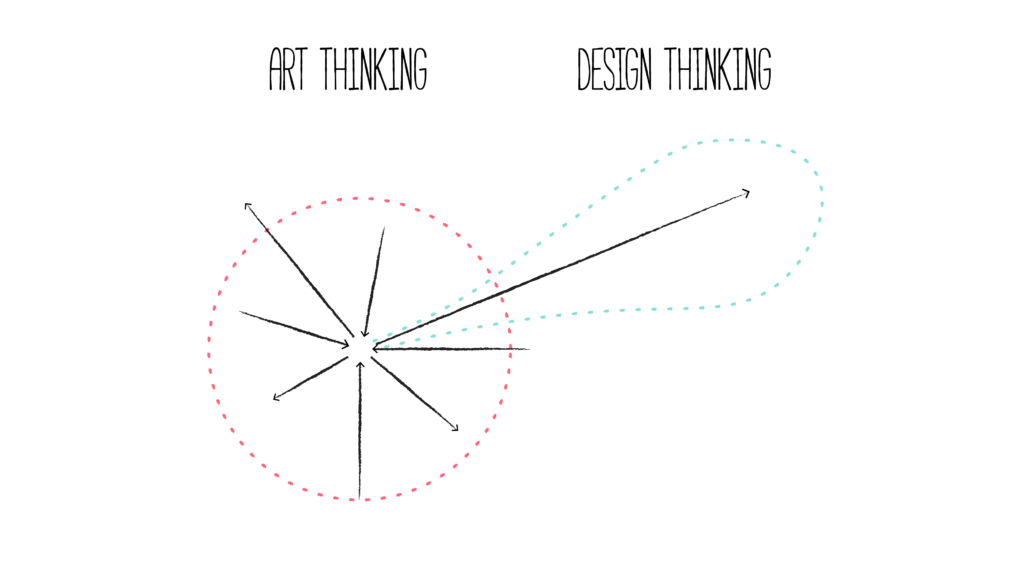 Credit: Ars Electronica
Credit: Ars Electronica
3. Prototyping: Conversing with society through forming and communicating
“Tangible corporate identity,” the embodiment of the corporate vision

The prototypes referred to here are things shaped around possible forms (tangible (material), touchable corporate identity) that the creative questions/corporate vision identified in the previous steps may take for implementing in society, including in the sense of prototype models that ultimately lead to products.
The visions that companies show the world do not stop with one-way communications like brand logos and catch copy. We work on the basis that they are catalysts that give rise to new dialogs with society, and communicate with sei-katsu-sha in an environment that continuously updates itself.
We and members of Ars Electronica become mentors and, creating together, form unique, never-seen-before prototypes that embody stances/projects that ask questions for the future.
We have already had environments in which to test these prototypes, including People Thinking Lab, a frame that visually represented Hakuhodo’s Sei-katsu-sha Insight philosophy at Ars Electronica Festival in 2016, and Future Innovators Summit TOKYO, an experience-based discussion program held at Tokyo Midtown in May 2018 that delved into the intersection of art and industry in Japan, and we will create more such environments in the future.
The services we provide also include Future Innovators Summit (FIS), an initiative that exemplifies Art Thinking, which we have organized since 2014. FIS is a discussion program held at Ars Electronica Festival every September that creates missions for future society through discussions with artists, innovators and others who create the future about what we need to think about and do now.
We are proactively creating environments for worldwide discussion with venues for questions and discussions that don’t have easy answers that are open to all. We will continue this endeavor, to see that it does not end with thinking, but with actions that lead to doing.
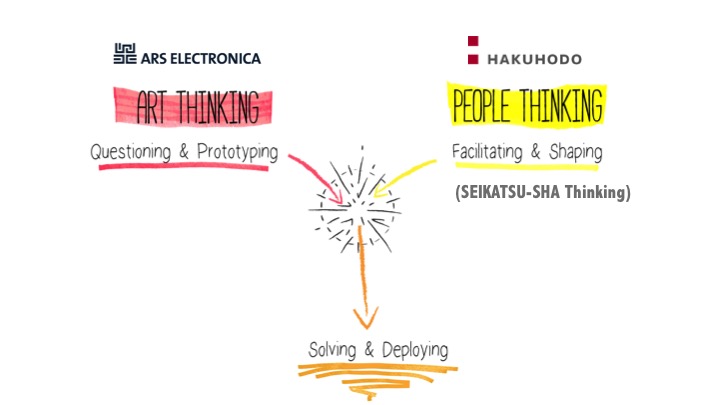 Credit: Ars Electronica Tokyo Initiative (Ars Electronica + Hakuhodo)
Credit: Ars Electronica Tokyo Initiative (Ars Electronica + Hakuhodo)
The Art Thinking Program is a program that crosses art and companies to discover real issues and work toward resolving them.
The service is only possible because of the complementary philosophies of Ars Electronica, which has been thinking about society and people through art and technology for around 40 years, and Hakuhodo, which has also been thinking about society and companies from people-centered perspectives for about 40 years, based on the Hakuhodo Institute of Life and Living’s view of people not as consumers but as sei-katsu-sha (people with lives, aspirations or dreams).
We look forward to hearing from any interested parties.
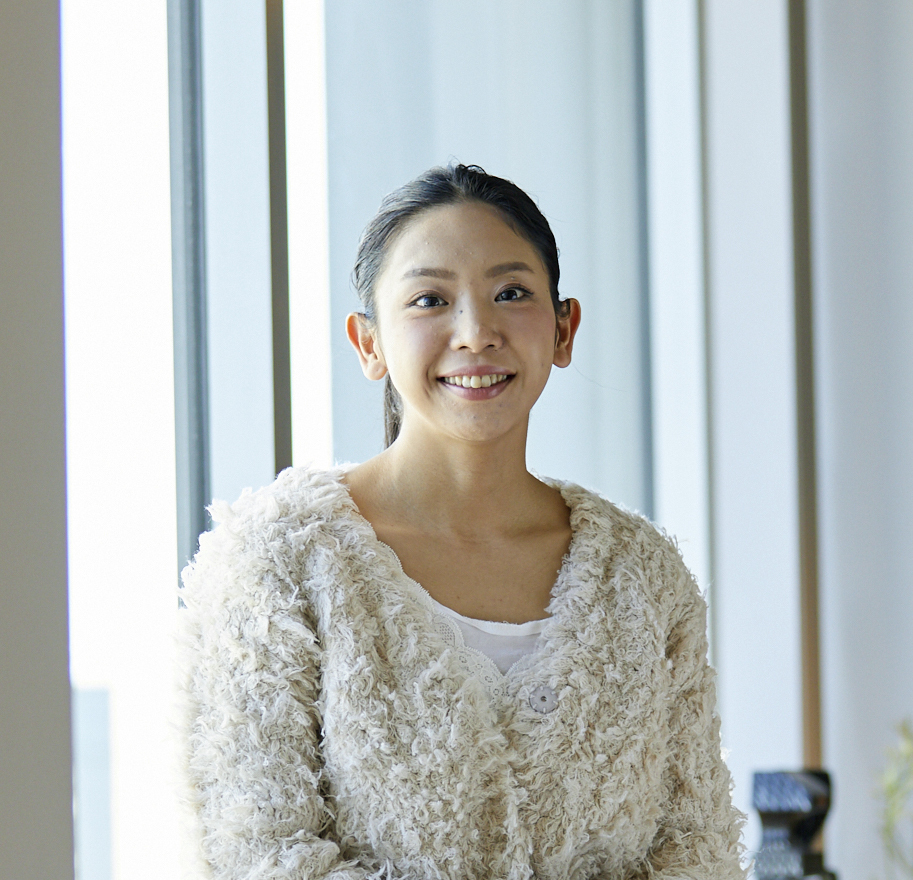
Hakuhodo Brand & Innovation Design













